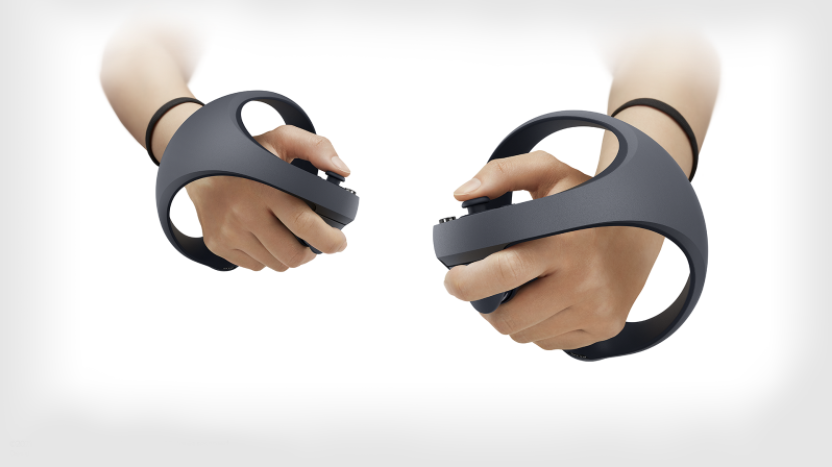PSVR Product Page Shows Fresh Details on Optics and Displays
A PSVR product page for its PlayStation VR 2 headset confirms fresh details on the headset’s display and optics. The official product page is a signal that the launch date is nearing but there is no concrete date yet neither has an image of the headset itself been revealed.
Sony revealed solid specs of the PSVR headset last month. Now the company has unveiled a new official product page for the PSVR 2 headset that shows new details about the headset beyond what we already know on the headset.

The page shows the PSVR 2 headset will utilize Fresnel lenses. This is a huge change as the original PSVR headset use aspheric non-Fresnel lens.
Fresnel lenses utilize concentric ridges that condense the geometry of a lens into a thinner package which reduces the size and weight. This enables the lens to realize the optical characteristics that would have otherwise needed an impractical and larger traditional lens. The Fresnel lenses also bring additional artifacts such as edge glare and ‘god rays’.
Most of the virtual reality headsets in the market have adopted Fresnel lenses. They are advantageous because of their flexibility for optical design even though they also come with some negatives. The original PSVR was the only VR headset in its class that didn’t implement Fresnel lenses so PSVR 2 making the move to Fresnel lenses should be a welcome move.
Apart from the Fresnel lenses feature, the PlayStation VR 2 product page also reveals that the headset will have two independent displays, one per eye.
There are some aspects of the technical specifications that are already known. For instance, it had been revealed earlier on that the headset will feature 2,000 x 2,040 per-eye resolution. However, it wasn’t known whether this would be in the form of one 4,000 x 2.040 display or two 2,000 x 2,040 displays.
Although splitting the displays might look like a small detail, it also means greater flexibility for the IPD adjustment in the headset.
In a virtual reality headset with a single display such as the Meta Quest 2, adjusting the IPD simply means sliding the lenses along the headset’s display which could leave out some unused resolution on the table. Depending on the settings of the IPD, it could also make it easier for wearers to see the edges of the display.
Headsets that have two displays consist of lenses that are usually directly mounted to the display. As a result, when a user adjusts the IPD, both the lens and the display move together. This enables the headset to easily accommodate a wider IPD range without necessarily revealing the edges of the headset display or sacrificing any resolution to make up for the adjustment.
The original PSVR headset has a single display and didn’t feature any IPD adjustment. PlayStation VR 2 headset will feature two displays as well as an IPD adjustment which enables users to dial in the lens into the best position. It’s already known that these lenses will be OLED and will support a refresh rate of up to 120Hz.
No details on the IPD range have been unveiled yet. However, the product page mentions an “adjustment dial” which might imply that this range will not be discrete but continuous.
There is a sign-up option at the bottom of the product page that you can opt into if you wish to receive notifications on when the pre-orders go live. There is no concrete release or pre-order date yet but all signs point to a release date later in the year.
https://virtualrealitytimes.com/2022/02/07/psvr-product-page-shows-fresh-details-on-optics-and-displays/https://virtualrealitytimes.com/wp-content/uploads/2022/02/PlayStation-VR-2-600x337.pnghttps://virtualrealitytimes.com/wp-content/uploads/2022/02/PlayStation-VR-2-150x90.pngUncategorizedA PSVR product page for its PlayStation VR 2 headset confirms fresh details on the headset’s display and optics. The official product page is a signal that the launch date is nearing but there is no concrete date yet neither has an image of the headset itself been revealed. Sony...Sam OchanjiSam Ochanji[email protected]EditorVirtual Reality Times - Metaverse & VR
